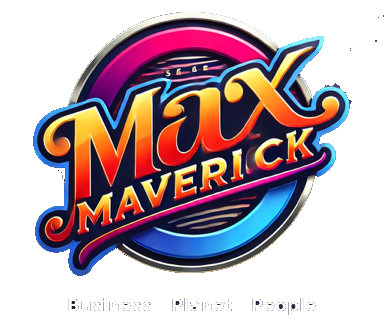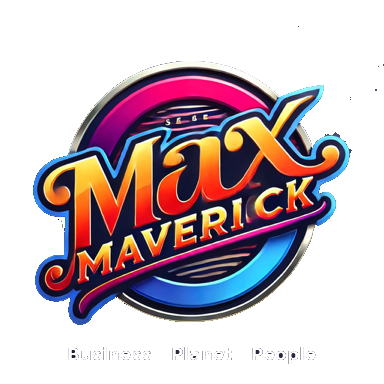Analyzing Consumer Attitudes Towards Sustainable Packaging in the Post-2020 Era
The post-2020 era has brought about significant upheaval, with the COVID-19 pandemic reshaping consumer behavior and preferences. The global economy continues to face uncertainty and disruption, with challenges such as inflation, geopolitical tensions, and energy crises impacting markets worldwide.
Amidst these changes, understanding consumer sentiments towards sustainable packaging is crucial. A recent survey conducted by McKinsey in March 2025 sheds light on US consumers’ attitudes towards sustainability in packaging. The survey encompassed eleven countries across four continents, providing valuable insights into consumer preferences.
Key Findings from the Survey:
1. Importance of Quality, Price, and Convenience:
Consumers prioritize product quality, price, and convenience over environmental impact when making purchasing decisions. The significance of price and quality has increased since 2020, indicating a shift towards value for money in consumer choices.
2. Packaging Concerns:
US consumers prioritize food safety and shelf life in packaging, reflecting a focus on reducing food waste and cost. Environmental impact ranks lower in importance, with packaging appearance declining in significance due to the rise of online shopping.
3. Recyclability as a Priority:
Recyclability is the most critical factor for US consumers when considering the sustainability of packaging. Factors like recycled content, reusability, and material volume also play a role in consumer perceptions of sustainability.
4. Sustainable Packaging Perceptions:
US consumers view glass packaging as the most sustainable, followed by paper and metal. Plastic packaging is perceived as less sustainable, highlighting the importance of recyclability in consumer preferences.
5. Responsibility for Sustainability:
Consumers believe brand owners and packaging producers should be held responsible for sustainability in packaging, with only a small percentage seeing themselves as primarily responsible. Consumer awareness of specific packaging companies remains low.
Strategies for Winning in Sustainable Packaging:
- Understand Consumer Behavior: Tailor packaging strategies based on granular insights into consumer preferences and willingness to pay.
- Engage the Value Chain: Involve all stakeholders from the beginning to align packaging decisions with consumer preferences and sustainability goals.
- Design Holistic Packaging: Balance sustainability with factors like durability, food safety, and convenience to meet consumer needs effectively.
- Focus on Marketing and Education: Develop compelling sustainability narratives and educate consumers on the benefits of sustainable packaging choices.
Market Trends and Recommendations:
The current sustainability landscape in packaging is complex. While consumers care about sustainability, price and quality remain top priorities. Winning companies will be those that can offer sustainable packaging without compromising on price or quality, capturing market share and creating value.
FAQ:
Q: Are consumers in the post-2020 era more concerned about sustainability in packaging?
A: While sustainability is important to consumers, factors like price, quality, and convenience hold greater significance in purchasing decisions.
Q: What packaging materials do US consumers perceive as most sustainable?
A: Glass, paper, and metal are viewed as the most sustainable packaging materials, with plastic being perceived as less sustainable.
Conclusion:
The analysis of consumer attitudes towards sustainable packaging in the post-2020 era highlights the evolving landscape of consumer preferences. Companies in the packaging industry must adapt their strategies to align with consumer demands for sustainable yet cost-effective packaging solutions. By understanding consumer behavior, engaging the value chain, designing holistic packaging, and focusing on marketing and education, companies can position themselves for success in the competitive market.


